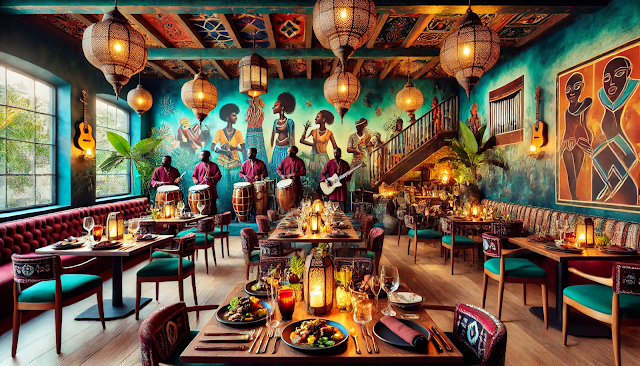The Art of Space: Bridging Graphic Design and Tattooing
The Art of Space: Bridging Graphic Design and Tattooing
As a graphic design student and tattoo enthusiast, I’ve realized that space is the unsung hero in both digital and physical art forms. Whether I’m crafting a logo on a screen or sketching a tattoo concept for a friend, the use of space can transform a design from cluttered chaos into a masterpiece.
In graphic design, space isn’t just "empty" — it’s intentional. Negative space, for instance, frames elements, giving them room to breathe and emphasizing their importance. Think about the FedEx logo;
its iconic arrow hidden within the white space is a subtle reminder of how strategic spacing can communicate so much.
Tattooing offers a different but equally compelling perspective. Skin isn’t infinite, and every tattoo competes with its surroundings — be it other ink, scars, or the body's natural contours. Proper spacing ensures a tattoo flows with the body rather than fighting it. Overloading a design with detail or failing to respect the negative space can lead to a muddled look, especially as tattoos age.
 |
| Here’s a geometric tattoo design that illustrates poor use of space, with overcrowding and lack of balance. It highlights the challenges of improper spatial planning. |
canvas, a screen, or skin, every element needs space to live and breathe. It’s about knowing when to fill the canvas and when to let it speak for itself.
Here’s a geometric tattoo design that emphasizes negative space and balance, showcasing interlocking minimalist shapes.
For me, the art of space is where graphic design and tattooing truly connect. It’s what turns a simple shape into a symbol, a tattoo into a story, and an idea into art. It’s not just about what’s there; it’s about what isn’t. And as an artist, learning to navigate that balance is the ultimate design challenge.




Comments
Post a Comment